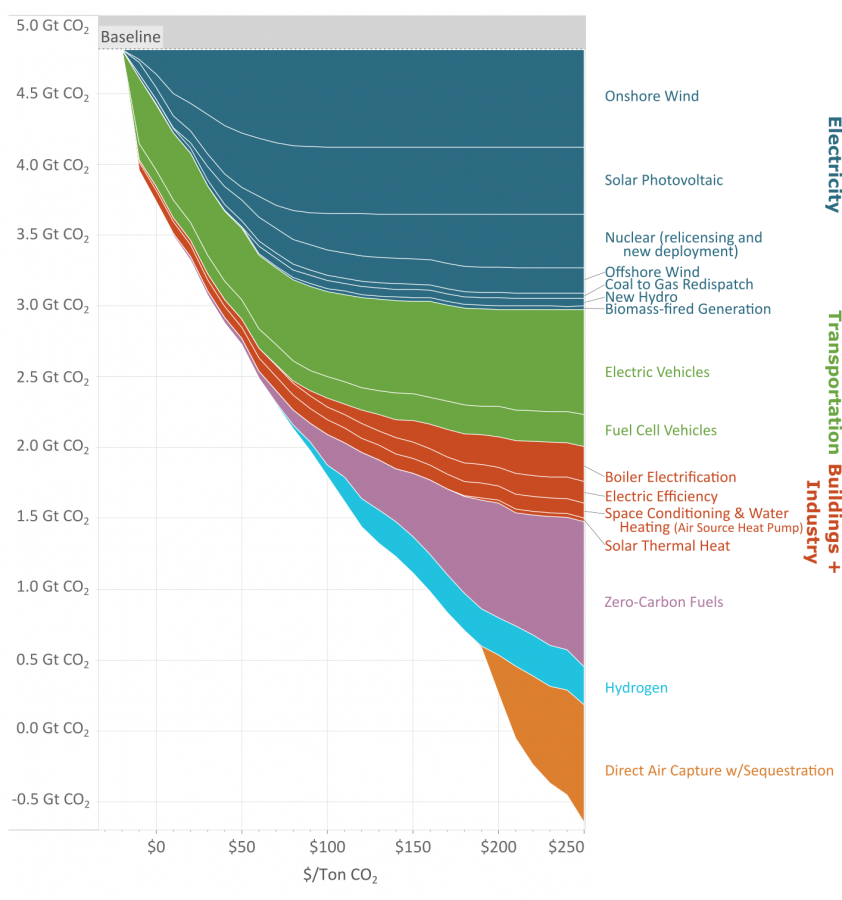31
you are viewing a single comment's thread
view the rest of the comments
view the rest of the comments
this post was submitted on 11 Feb 2024
31 points (73.8% liked)
Data Is Beautiful
9167 readers
1 users here now
A place to share and discuss data visualizations. #dataviz
founded 4 years ago
MODERATORS

But you need to plant that every year in perpetuity, while still burying the logs so decomposition doesn't release the co2 again.
Why would the logs be emitting CO2 (rotting?) if they are alive and growing?
Because they're only alive and growing till they die and rot. Sometimes trees do both at the same time, rot from the inside out. You can't just plant trees for carbon capture, you also need to deal with how to permanently sequester the carbon.
Let's say that for millions of years a healthy biosphere grew around forests and the balance worked. Now you come to tell us it doesn't. Wouldn't you think it's a bit unconvincing?
We've only been pumping out co2 for a hundred or two years. We can't keep doing that and expect the old balance to hold up.